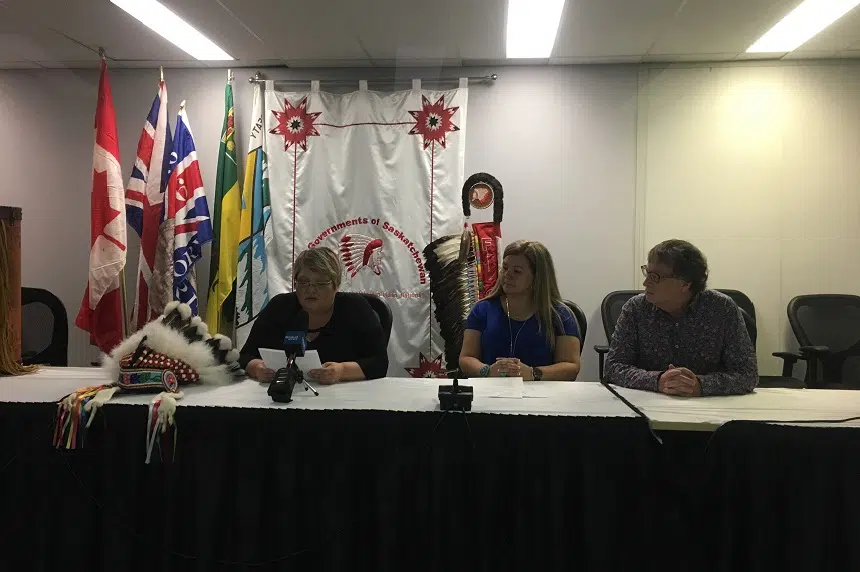Grim numbers from the Federation of Sovereign Indigenous Nations (FSIN) are showing First Nations youth face a significantly higher risk of suicide than their non-Indigenous counterparts in Saskatchewan.
A discussion paper released by the FSIN on Friday used coroner office statistics to show there have been over 500 First Nations suicides in the province since 2005, a rate four times higher than in non-First Nation populations.
Over half of the suicides involved people under the age of 30.
“We have a mental health crisis in this province,” said Dr. Kim Mckay-McNabb, a First Nations therapist.
McKay-McNabb is one of two technical advisors assisting with the development of the FSIN’s Saskatchewan First Nations suicide prevention strategy, which will be released on May 18, 2018.
The release of her research comes almost one year after multiple suicides rocked the province’s northern communities.
She said there aren’t enough treatment centres for First Nations residents across the province.
“You can be on the reserve and want to access treatment options. As a First Nations person you are limited on where you can go for treatment,” she said.
The numbers released Friday also indicated First Nations girls aged 10 to 19 faced a suicide rate 26 times higher than non-First Nations girls in Saskatchewan.
McKay-McNabb said children are waiting too long for mental supports.
“Someone on the reserve gets a referral for an ed-psych to find out if they have a learning difficulty. That child can wait up to two to four years before they actually get to see that psychologist,” she said.
FSIN Vice-Chief Heather Bear said the discussion paper highlighted the importance of the suicide prevention strategy.
She added it would be important for First Nations voices to lead the effort to find a solution for their communities.
“We can’t go wrong when we get our people involved and they know what their issues are, they know what their problems are,” she said.
“They do have the solutions on how to fix them.”
Bear said they have people working in their communities to understand the issues First Nations youth are faced with on a daily basis.







